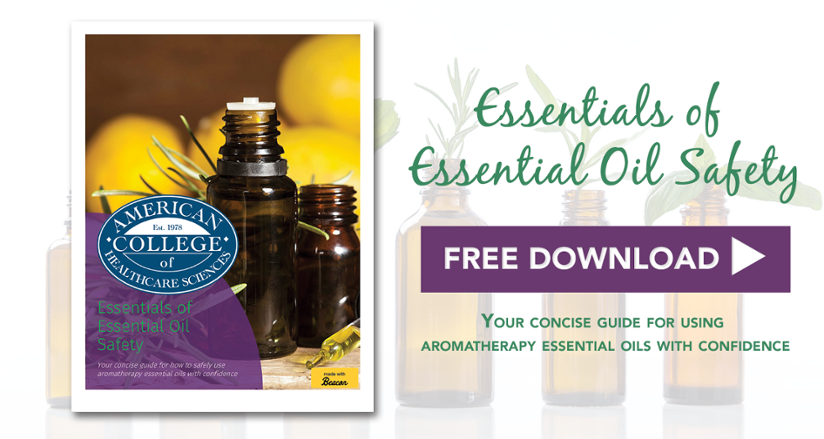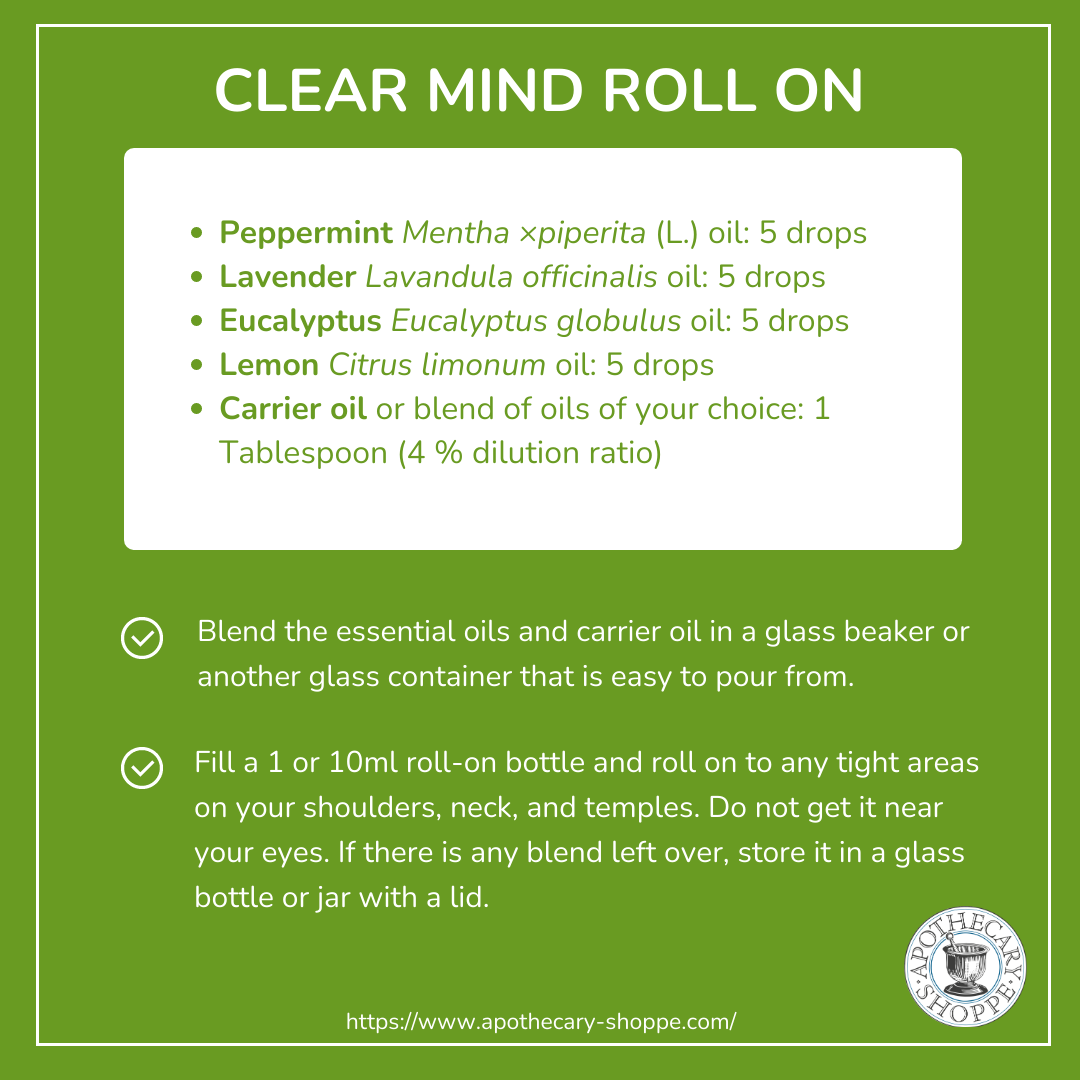Image Copyright: Alena Ozerova / 123RF Stock Photo
Those of us with cats will do almost anything to soothe their famously fickle feline feelings. Catnip stuffed fabric mice? Serve ’em up. Gourmet food? Obviously. Carpet covered scratch posts, climbing gyms, and campy compounds that take over the entire living room and shed like wooly mammoths. I’ll take six.
What can we say? We love our cats—stinky breath to making muffins paws—and we want them to be healthy for years to come. Sometimes this means taking Fluffy to the veterinarian for a thorough exam with a professional in case a more in-depth intervention is needed. Other times, this means using one of any number of simple at-home remedies, like coconut oil for an itchy coat.
But, lately we’ve had a lot of people asking about one at-home remedy in particular: aromatherapy products and pets. And one question seems to stand out among the aromatherapy community:
Are essential oils safe to use on cats? Is diffusion safe? Are topical applications safe? Are there any circumstances you can use essential oils with feline friends?
So, we asked our esteemed professors who teach ACHS’s aromatherapy science courses (aka, the experts!). Here’s a recap of our Q&E email interviews with our aromatherapy experts who weigh in on whether or not, in their experience and opinions, this holistic modality is safe to use on our furry friends or best left for their human besties.
Q: In your expert opinion, is it safe to use essential oils with cats?
A: Amanda Lattin (BA, MAT, DIP. AROMA., MH, RA), ACHS Aromatherapy Program Chair
Cats are very sensitive to essential oils, as it is difficult for them to metabolize the essential oils back out of their systems. Cats do not have the right liver enzymes (certain glucuronyl transferases) to metabolize some types of compounds efficiently or at all.
Essential oils high in constituents containing benzene rings are particularly difficult for them. This can lead to accidental poisoning from exposure to essential oils. Chapter 5 of the book Holistic Aromatherapy for Animals covers this topic of essential oils and cats pretty thoroughly.
Also, veterinarian Nancy Brandt has collected over 12 years of clinical data on using essential oils in her practice, and her website can be a good resource. I listened to her speak in San Francisco a few years ago. She confirmed that cats are extremely sensitive to essential oils. She says hydrosol misting and other very low concentration aromatherapy mists are the safest approaches. She reinforced the avoidance of essential oils with high levels of monoterpenes, or ketones, or constituents containing benzene rings, such as phenols. Both of these sources indicate to choose essential oils with monoterpene profiles when working with cats, and at low concentrations.
(Unsure of the definitions of these chemistry terms? Take our on-demand course, Introduction to Essential Oil Chemistry.)
A: Catrina Mianecki (BS, MED, MS, CERT. AROMA. L.AC)
I am not a licensed veterinarian. However, I have worked for a state veterinarian teaching hospital, and I can share that cats do not metabolize drugs, essential oils, or herbs like other animals, making the use of essential oils on or around them much more precarious.
It is usually advised that if an essential oil or blend is diffused in a room where pets are present, they are given access to leave the room at will if the aroma is too much for them. Using essential oils around any older pet is not suggested unless a licensed vet is consulted who is trained in using essential oils with pets, or, of course, an experienced Registered Aromatherapist (RA™).
Unfortunately, perhaps a warning is needed on essential oil bottles to add to the statement, “Keep out of the reach of children and pets.” Beginning aromatherapy students often think that all essential oils are safe for everyone, including pets: of course, until they learn more.
A: Marilyn Addison (BA, RA)
Although I have not experienced using essential oils on animals, I did use lavender in a diffuser when my son’s dog was making his transition. His transition appeared to be quite peaceful.
So there you have it. There are many opinions on essential oils and cats, and even more on the general subject of aromatherapy and pets. We suggest you continue to explore the research, consult with expert aromatherapists and vets, and keep the “safety first” mantra in mind at all times before using essential oils with animals.
Want to learn more essential oil safety tips for the human besties? While it doesn’t contain information on pets, you can learn how to keep your human family healthy and safe when using essential oils in this free eBook, Essentials of Essential Oil Safety.
Disclosure of Material Connection: This blog may contain affiliate links. I am disclosing this in accordance with the Federal Trade Commission’s 16 CFR, Part 255: “Guides Concerning the Use of Endorsements and Testimonials in Advertising.
This article is for informational purposes only. It is not intended to treat, diagnose, cure, or prevent disease of humans or animals. This article has not been reviewed by the FDA or a veterinarian. Always consult with your primary care physician or naturopathic doctor before making any significant changes to your health and wellness routine. Always consult with your veterinarian before using any natural products with animals and pets.





